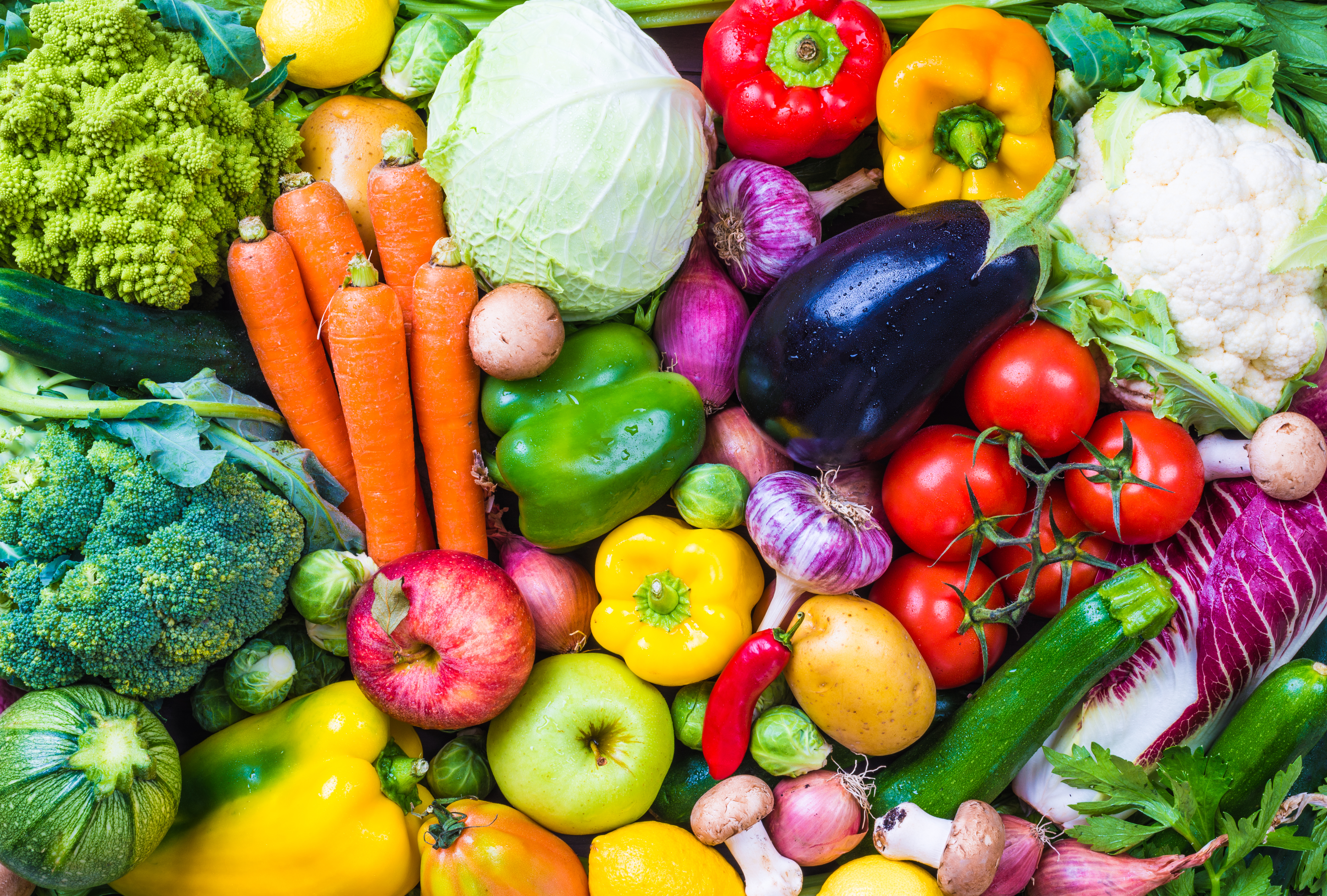Part of the Food Policy Snapshot Series
Policy Name: Good Food Purchasing Program, Chicago
Location:
Chicago, Illinois
Population: 2,704,958 (U.S. Census, 2016)
Overview:
Chicago has signed on to the Good Food Purchasing Program (GFPP), which seeks to increase equality and transparency in the food system and encourages public institutions to buy food based on five core values: local economies, health, valued workforce, animal welfare, and environmental sustainability.
Progress to date:
In June 2017, the Chicago Public Schools committed to the GFPP, thereby improving the quality of food served to the city’s 380,000 students. Shortly afterward, Chicago’s parks department also adopted the program.
Program/Policy Initiated:
The city of Chicago signed on to the GFPP in October 2017 across all city-run operations.
Food policy category:
Food Services
Program goals:
The five core values/goals are to:
- Strengthen regional food economies in order to create new, well-paying jobs.
- Reduce the environmental impact of food production.
- Promote fair treatment for food system workers.
- Ensure the humane treatment of animals.
- Encourage healthy food procurement and preparation and a healthy food service environment.
How it works:
Participating cities work in cooperation with the Center for Good Food Purchasing, the organization responsible for creating the program. Despite the consistency of the main goals across locations, the GFPP provides a flexible framework that does not place rigid restrictions on how participating cities reach their goals of equality and transparency. The GFPP establishes four key steps in program implementation:
- Assess baseline
- Set goals
- Track progress
- Celebrate success
The Chicago Food Policy Action Council will work with various city agencies to gradually roll out purchasing plans according to the diverse needs of each city agency. In October 2018, in accordance with the first key step, each agency will present a baseline assessment of its current purchasing habits, including suppliers and costs. Agencies are also expected to present plans for moving forward to meet the goals of the GFPP.
The Center for Good Food Purchasing also provides independent analyses of institutions’ purchasing data to ensure that the proper steps are being taken to meet the Good Food Purchasing Standards. To be considered a Good Food Provider, institutions must meet certain standards in each of the five categories corresponding to the five core values. Institutions are then given a 1-5 star rating in each category, showing which areas are thriving and which need the most improvement.
The Center for Good Food Purchasing also provides technical assistance, such as planning tools, supplier lists, compliance forms, projection and trend analysis tools, PR templates, and branded marketing materials, to aid participating cities in reaching their goals.
Why it is important:
The first goal is to strengthen local economies. Providing well-paying local food jobs keeps more money flowing within the local economy, strengthens relationships within communities, and establishes more trust and transparency in the food system. A study from Penn State shows that increasing local agricultural sales can have an overall positive impact on local economies. A commitment to improved pay and working conditions in the food system is part of creating a more humane, equitable society.
Food that is produced and consumed locally has the additional benefit of reducing energy expenditures and greenhouse gas emissions due to transportation. According to a report from Portland State University, transportation accounts for about 11 percent of the total carbon footprint related to food in a typical American household.
In addition, the treatment of animals in American factory farms is often appalling. Chicago Public Schools have already shifted to serving only antibiotic-free chicken, as many producers rely on antibiotics to keep their livestock disease-free while housed in crowded and unsanitary living conditions.
According to the Centers for Disease Control and Prevention, obesity is a major problem in Chicago, where 36.2 percent of high school students and 61.2 percent of adults are either overweight or obese. Access to healthy food is extremely limited, particularly in low-income neighborhoods, making it important to improve the quality of food provided by institutions across the city.
Evaluation:
Local agencies, as well as the Center for Good Purchasing, will continually evaluate the program’s effectiveness.
Learn more:
Point of Contact:
Rodger Cooley
Chicago Food Policy Action Council
773-354-2091
Similar practices:
Other cities that have adopted the Good Food Purchasing Policy are: Austin, Cincinnati, Madison, New York, Oakland, San Francisco, and the Twin Cities.
References:
https://www.census.gov/quickfacts/fact/table/chicagocityillinois,US/PST045216
https://goodfoodpurchasing.org
https://goodfoodpurchasing.org/about-the-center
https://journals.sagepub.com/doi/abs/10.1177/0891242413506610?journalCode=edqa
https://www.cleanmetrics.com/pages/ch9_0923.pdf
https://goodfoodcities.org/cities


